NEWS
See more
The Science Behind Cob Display: Why It Stands Out
The Science Behind Cob Display: Why It Stands Out
Table of Contents
- Introduction to COB Display Technology
- What is a COB Display?
- Advantages of COB Displays Over Traditional LED Screens
- Applications of COB Displays
- How COB Displays Work: A Technical Overview
- Challenges and Limitations of COB Displays
- The Future of COB Display Technology
- Conclusion
- Frequently Asked Questions
Introduction to COB Display Technology
In the realm of LED technology, **Chip on Board (COB)** displays are gaining significant attention. Their ability to deliver high-quality images, enhanced brightness, and energy efficiency positions them as a preferred choice in various sectors. This article delves into the science behind COB displays, exploring their features, advantages, and diverse applications.
What is a COB Display?
A **COB display** consists of multiple LED chips mounted directly onto a single substrate, allowing for an exceptionally compact design. Unlike traditional displays that use individual LED bulbs, COB technology integrates these chips into a cohesive unit. This innovation results in a display that is not only thinner and lighter but also offers superior performance in terms of brightness and color accuracy.
Advantages of COB Displays Over Traditional LED Screens
COB displays present several compelling advantages over conventional LED screens. These benefits include:
Superior Image Quality
The integration of multiple LED chips within a COB display leads to **improved color consistency** and **brightness uniformity**. This ensures that images are rendered with stunning clarity and vibrancy, making COB displays ideal for environments where visual excellence is paramount, such as advertising and event staging.
Energy Efficiency
COB displays are designed to be energy efficient. With a higher luminous efficacy, they require less power to achieve the same brightness level as traditional LED screens. This not only reduces operational costs but also contributes to a lower carbon footprint, making COB displays an environmentally friendly option.
Space-Saving Design
The compact nature of COB displays allows for **space savings** in various applications. Their thin profile enables easy installation in tight spaces or areas where traditional displays may not fit. This versatility is a significant advantage in modern architectural designs.
Applications of COB Displays
COB displays are making waves in multiple industries due to their unique advantages. Here, we explore some of the most prominent applications of this technology:
Commercial Use
In retail environments, **COB displays** are used for dynamic advertising and promotions. Their bright and engaging visuals capture the attention of consumers, driving foot traffic and boosting sales. The high resolution and vivid colors make them perfect for showcasing products in store displays.
Entertainment Industry
The entertainment sector has also embraced COB technology. Concerts, trade shows, and theatrical productions utilize COB displays for their stunning visual effects. These displays accommodate large audiences and enhance the overall experience with immersive visuals.
Industrial Applications
In industrial settings, COB displays are employed for monitoring and control systems. Their durability and reliability make them suitable for environments where traditional displays may struggle. The high visibility ensures that critical information is always accessible, enhancing safety and operational efficiency.
How COB Displays Work: A Technical Overview
The underlying technology of COB displays is fascinating. Unlike conventional LED displays, where individual chips are mounted on a PCB, COB displays utilize a unique process.
1. **LED Chips**: High-performance LED chips are directly bonded to a thermally conductive substrate, often made of aluminum or ceramic. This direct connection improves heat dissipation, enhancing the lifespan of the display.
2. **Encapsulation**: The entire assembly is encapsulated with a protective layer that provides durability and shields against environmental factors such as moisture and dust.
3. **Control System**: Advanced control systems regulate the brightness and color output of each LED chip, ensuring precise pixel mapping and synchronization.
This meticulous process allows COB displays to achieve high levels of performance, consistency, and longevity.
Challenges and Limitations of COB Displays
While COB displays offer numerous advantages, they also face certain challenges:
- **Cost**: The initial investment for COB technology can be higher than traditional LED displays, which may deter some businesses from switching.
- **Heat Management**: Although COB technology dissipates heat better than conventional systems, large installations still require effective thermal management solutions.
- **Complexity of Repair**: In the event of a failure, repairing or replacing individual LED chips can be more complex compared to traditional displays.
The Future of COB Display Technology
As demand for high-quality visual solutions continues to grow, the future of COB display technology looks promising. Innovations in materials and manufacturing processes are likely to enhance the performance and reduce costs further. Additionally, integration with smart technologies and IoT devices will expand their applications in areas such as smart cities and interactive displays.
Conclusion
The **science behind COB displays** underscores their potential to revolutionize the LED display market. With superior image quality, energy efficiency, and versatile applications, COB technology stands out as a leading choice for businesses across various industries. As we move towards a more visually driven world, embracing COB displays may very well be the key to capturing attention and delivering unforgettable experiences.
Frequently Asked Questions
1. What is the primary difference between COB and traditional LED displays?
COB displays integrate multiple LED chips onto a single substrate, resulting in a more compact design and superior image quality compared to traditional LED screens.
2. Are COB displays more energy-efficient than other types of LED displays?
Yes, COB displays operate at a higher luminous efficacy, requiring less power for the same brightness level, leading to lower energy costs.
3. Can COB displays be used in outdoor settings?
While COB displays are primarily designed for indoor applications, certain models with weather-resistant features can be used outdoors.
4. How do COB displays manage heat compared to traditional displays?
The direct bonding of LED chips to a thermally conductive substrate in COB displays enhances heat dissipation, reducing the risk of overheating compared to traditional displays.
5. What industries are benefiting from COB display technology?
Industries including retail, entertainment, and industrial sectors are leveraging COB display technology for its high image quality and versatility in applications.
Related News









